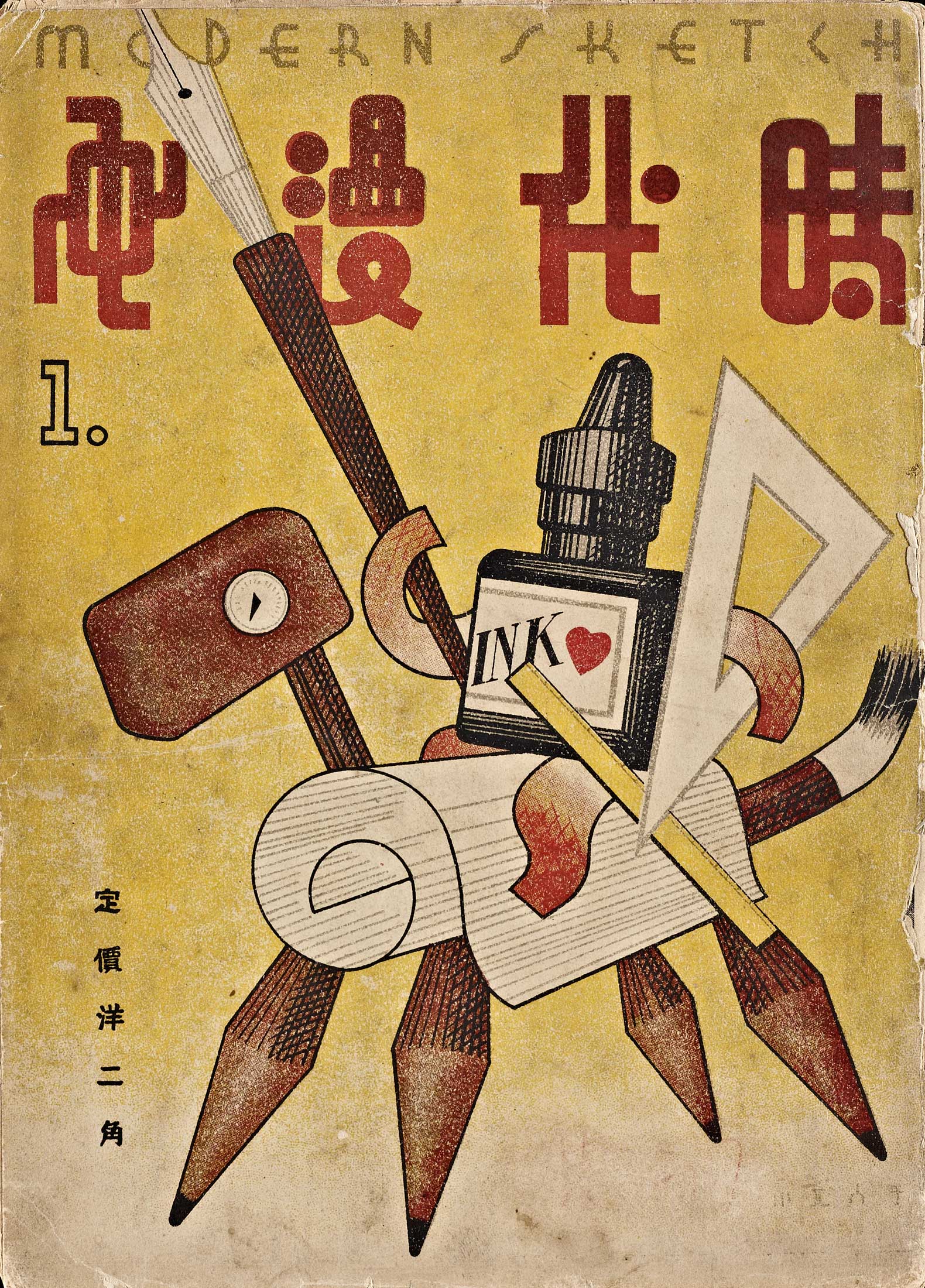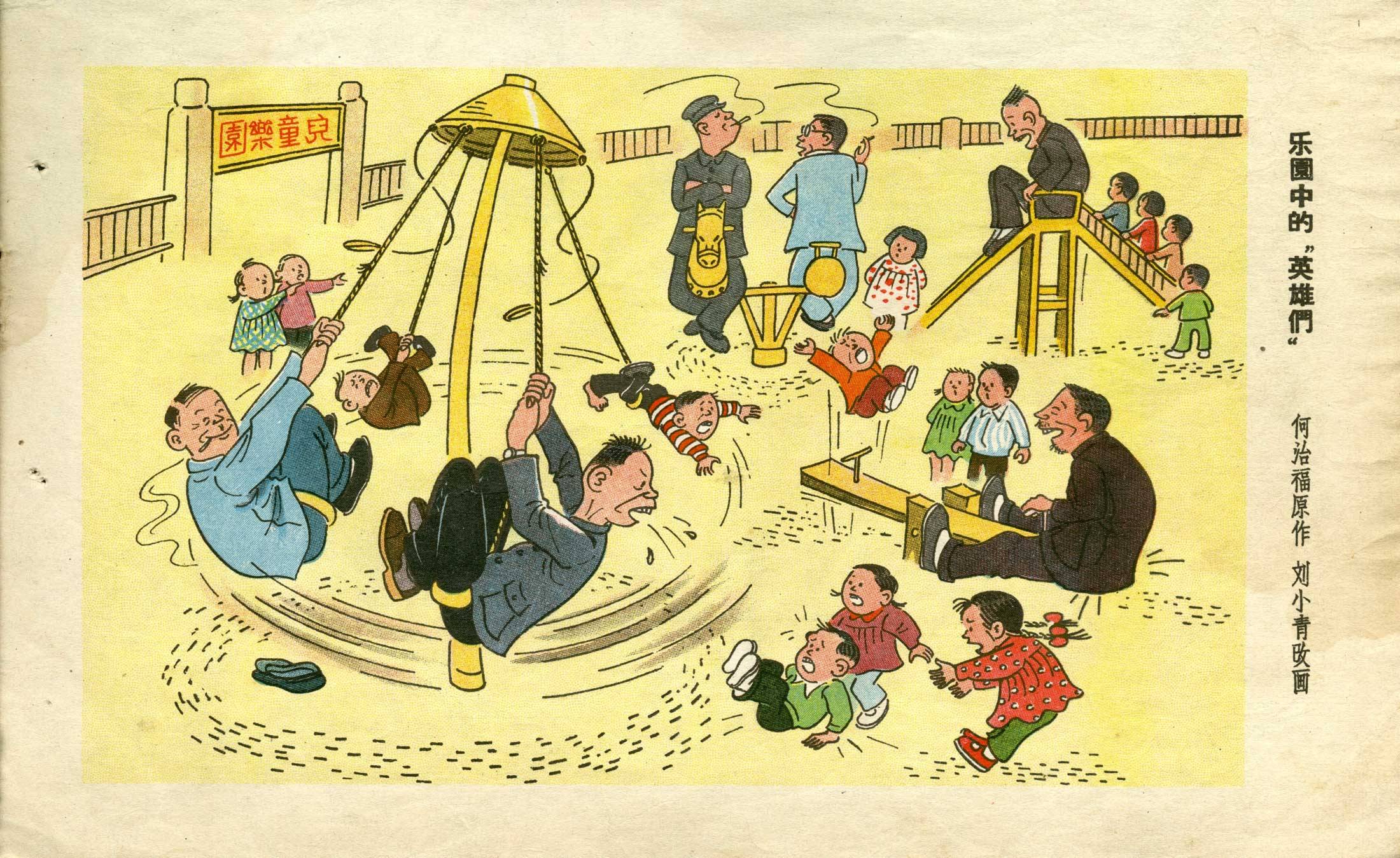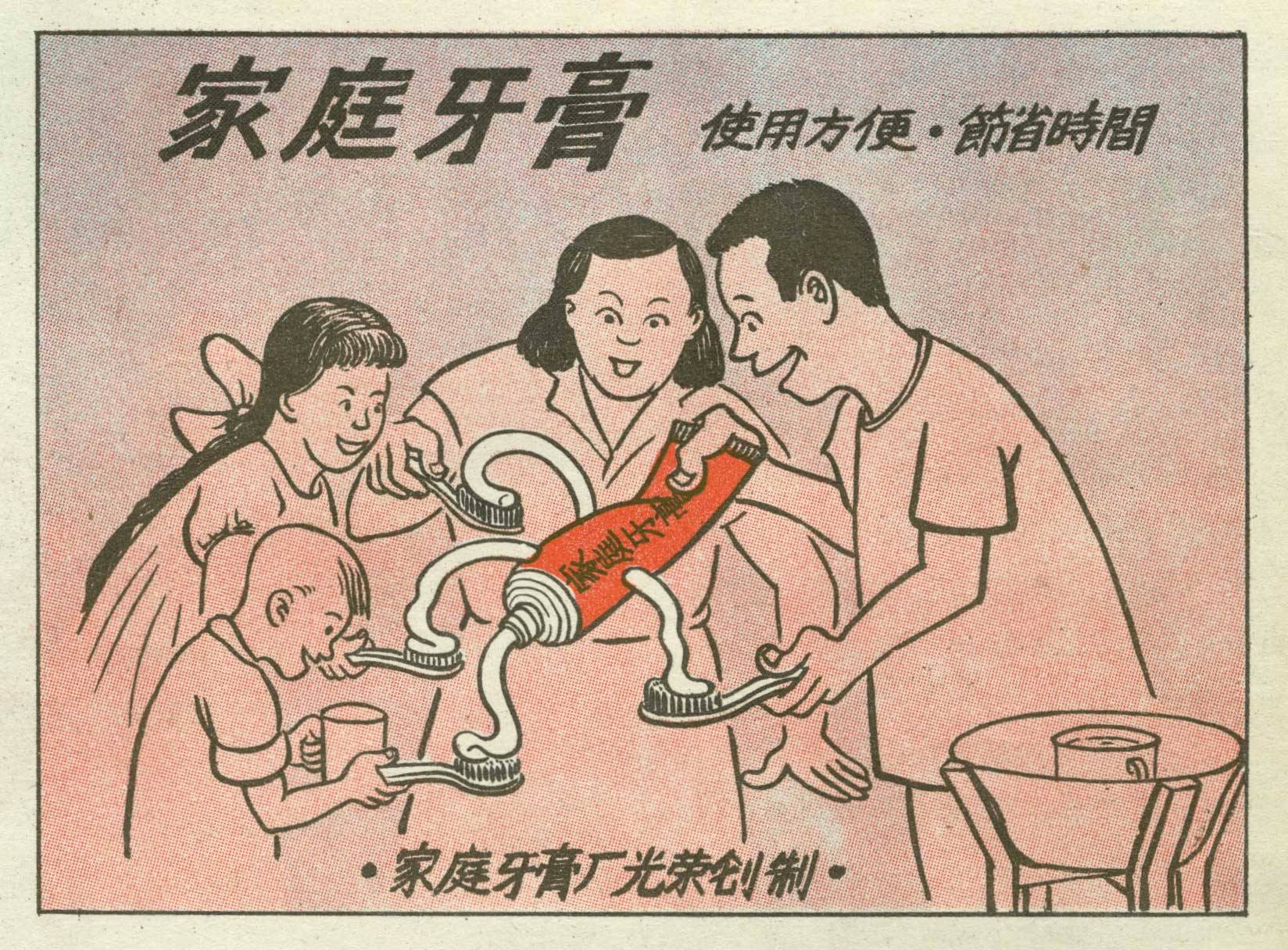In his new book, Manhua Modernity, John Crespi puts the vivid history of Chinese cartoons into context.
Twenty-five years ago, when Associate Professor of Chinese and Asian Studies John Crespi was researching his PhD dissertation on Chinese poetry in Beijing, he used to browse in used bookshops filled with stacks of old magazines. “I’d never really seen anything like them,” he remembers. “They were so bizarre and imaginative, both familiar and unfamiliar at the same time.” He had stumbled upon manhua, pictorial magazines filled with vivid illustrations of all facets of modern life. Even as he began teaching Chinese and Asian studies at Colgate, he never forgot about these ephemeral examples of pop culture, or gave up trying to figure them out.

Crespi presents his findings in his new book, Manhua Modernity: Chinese Culture and the Pictorial Turn, a lavishly illustrated volume that works to make sense of a vibrant style of pop art from China’s tempestuous 20th century. Crespi bought a stack of magazines in Beijing in 2001, but it wasn’t until a decade later, when he was on sabbatical, that he began to seriously read through them, trying to decipher their meaning and role in Chinese society. Related to the better-known Japanese style of manga, manhua is often dismissed as “cartoons.” As Crespi began reading through early 20th century publications such as Modern Sketch and Shanghai Sketch, however, he found that the illustrations served a much more complicated role that can’t be separated from the context of the magazines in which they are found.
“The same people who were drawing these images were also editing and writing the magazines,” says Crespi, currently serving as chair of East Asian languages and literatures. “They were very much aware of how to attract readers.” The serialized comic strips depicting inviting stories of modern life in Shanghai, he says, were ways to grab attention and direct readers to the themes in the text. “People came to this big cosmopolitan city of Shanghai to figure out how to be a city person, how to fit in, and all these pictures and illustrations and stories were feeding into that desire.”
Another manhua magazine, Resistance Sketch, reflected the war against Japan in the late 1930s into the 1940s, when publishers were forced away from the coast and into the interior. Artist Zhang Guangyu, for example, commented on current events in a creative way with a long, serialized manhua based on the journeys of a monkey and a pig through a series of mythical kingdoms. Drawn from a traditional Chinese story, “Manhua Journey to the West” nevertheless reads as an imaginative political allegory commenting on China, Japan, and the United States, among other world powers. It even references manhua itself — as the story unfolds inside a crystal ball held by a stereotypical Chinese king. “Inside, you can see images of everything all over the world,” says Crespi, “so it seems to me the whole story is encapsulated by this symbol of the illustrated pictorial magazine.”

As communism took hold of the country in the 1950s, manhua magazines seemed to shift once more to primarily depict anti-capitalist propaganda. Even within that turn, however, Crespi identifies different stages, including some that depicted older notions of consumerism in the cosmopolitan city. “It’s much more nuanced than just the government telling people what to draw,” Crespi says. In all of these various iterations, Crespi sees a dynamic art form, engaging with foreign sources even as it reflected and influenced Chinese society.


Seen in context of the magazines that contained them, Crespi also sees manhua as a very contemporary form of serialization in their attempts to attract followers week after week. One comic strip from the 1940s, about an orphan named Sanmao growing up on the streets of Shanghai, for example, developed such a following that people actually began sending children’s clothes to the magazine. “It really caught on to the point where people thought this little kid was real, and they would talk about what they thought about the story,” says Crespi.
In that sense, he argues, manhua is not too dissimilar from a Netflix series or TikTok influencer today, garnering avid followers with their trenchant commentaries on culture. “People have been appealed to and marketed by these serial stories for a long time,” he says. “We’re still living that.”
